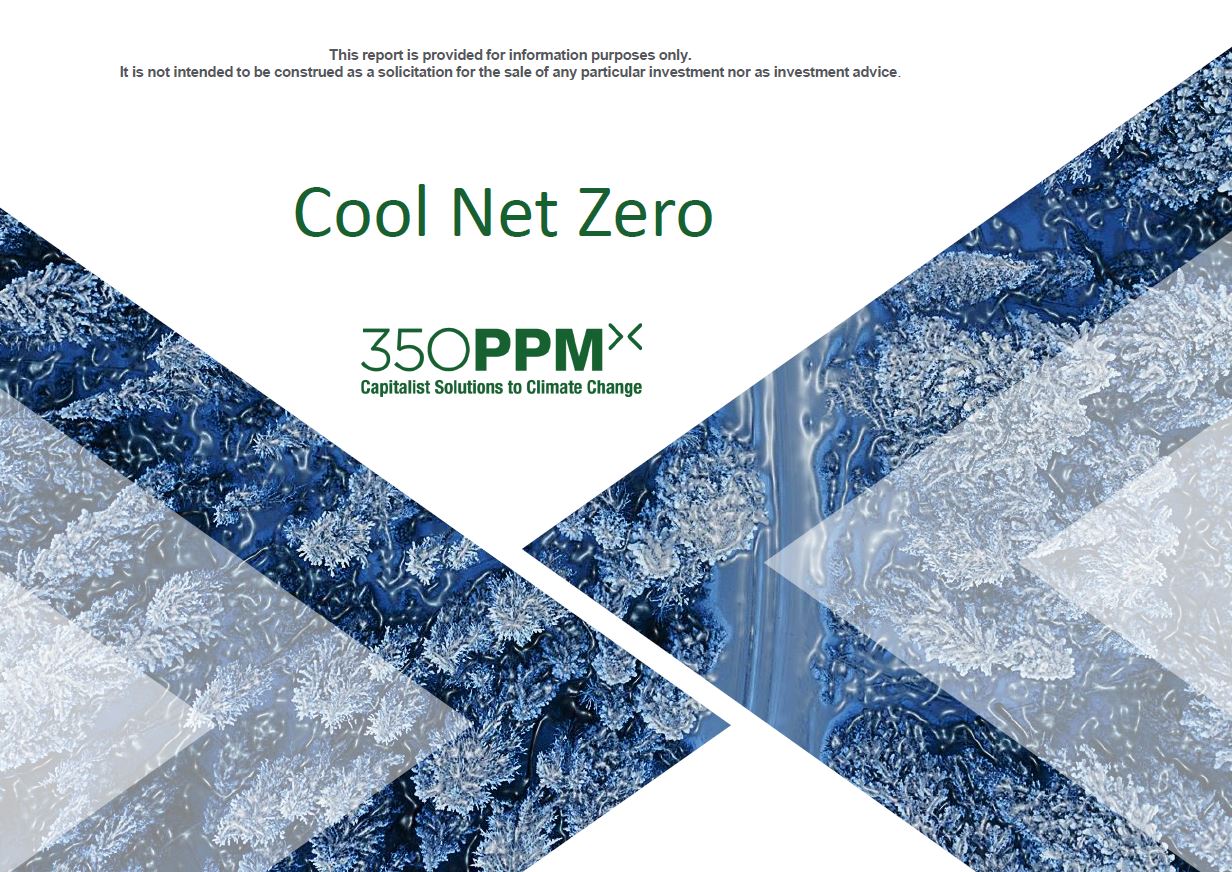Introduction:
This report provides an introduction to one of the least-discussed aspects of climate change mitigation strategies – cooling. We focus in particular on how Cold Thermal Energy Storage (CTES) can help in the decarbonisation of the cooling and electricity sectors – amongst others – by decoupling the generation of cooling from its consumption. Electrochemical batteries can do a similar thing for electricity but not precisely this for cooling.
Cooling is more important, energy-intensive and polluting than many appreciate. It’s vital to many aspects of people’s lives – preserving food, vaccines, etc. – but at the same time consumes about a fifth of electricity and accounts for roughly a tenth of greenhouse gas emissions, globally. These emissions are due both to the energy consumed by, and to the chemicals used in, cooling equipment. Any strategy to reduce these emissions must contend with an inevitable increase in cooling demand over the coming decades; inevitable because of a very robust set of drivers – global population and income growth, urbanisation and, of course, climate change itself amongst them. Cooling is both driving climate change as well as being one of things we most need to adapt to it.
This report has 4 sections:
- Cooling Basics
- Current Cooling Demand
- Net Zero Cooling
- Cold Thermal Energy Storage
- A Ground breaking Case Study
We are pleased to release the full report. Our research team has worked in depth to get this valuable information to you.
Please click below to download the complete Cool Net Zero Report:
